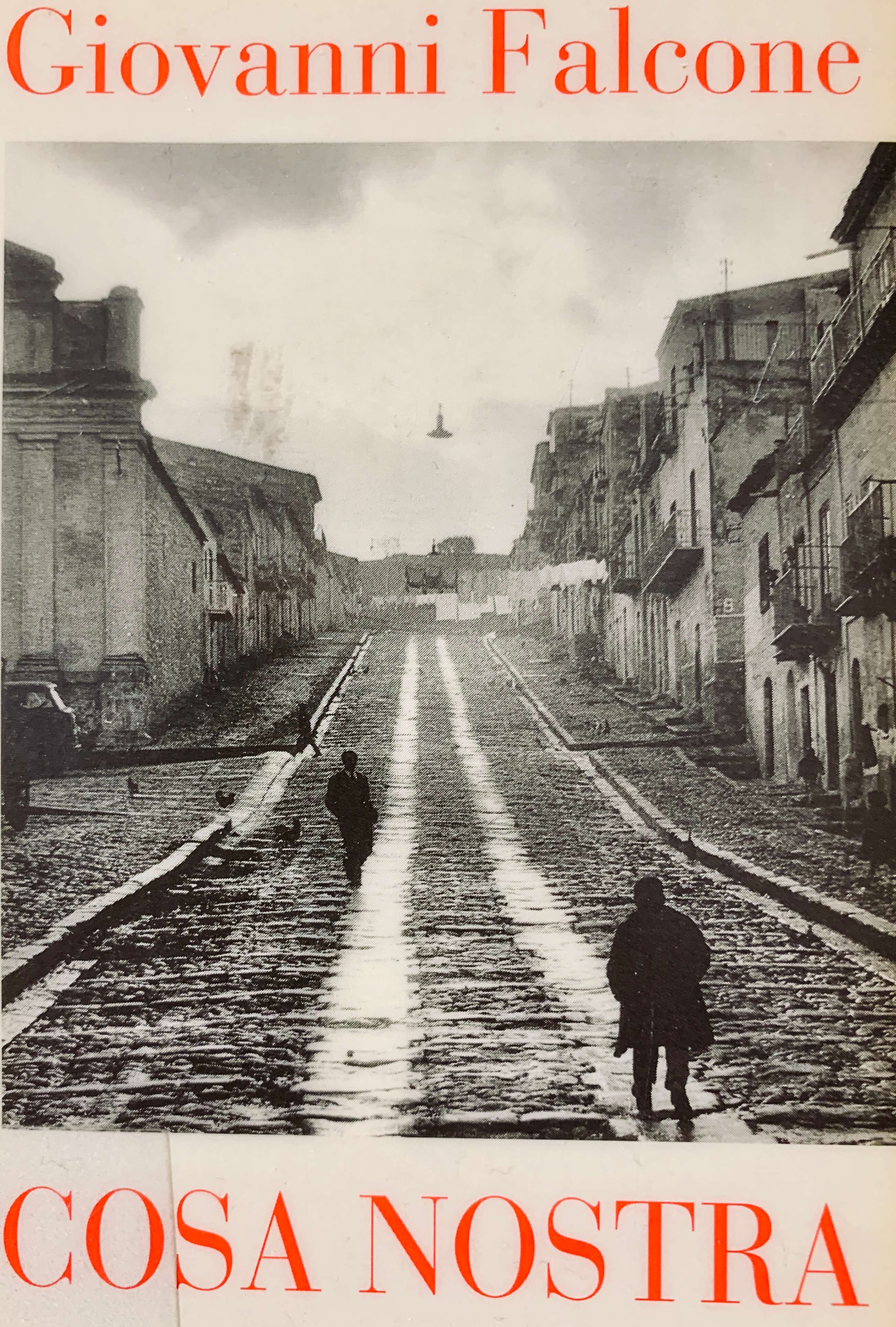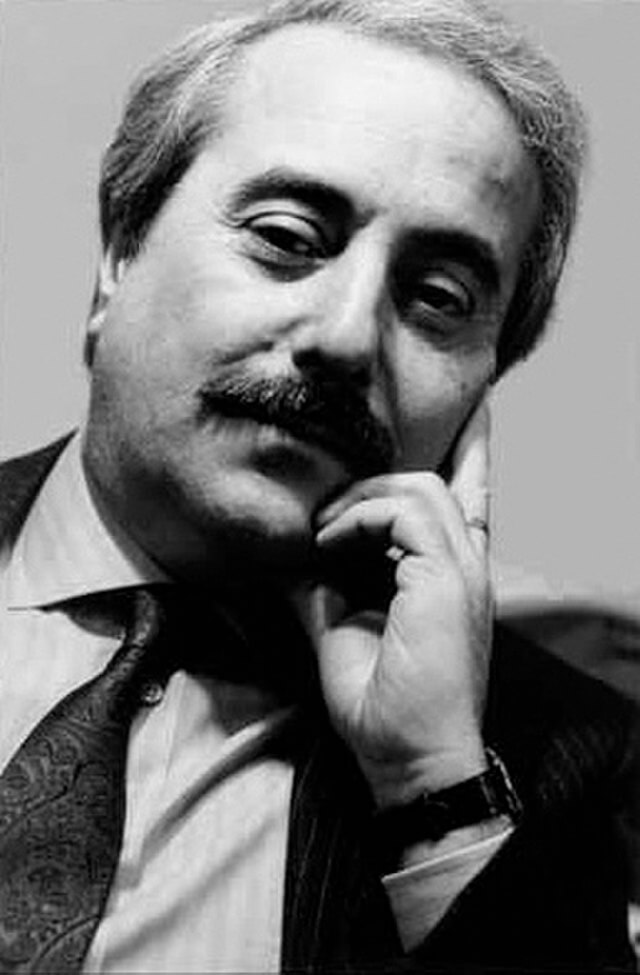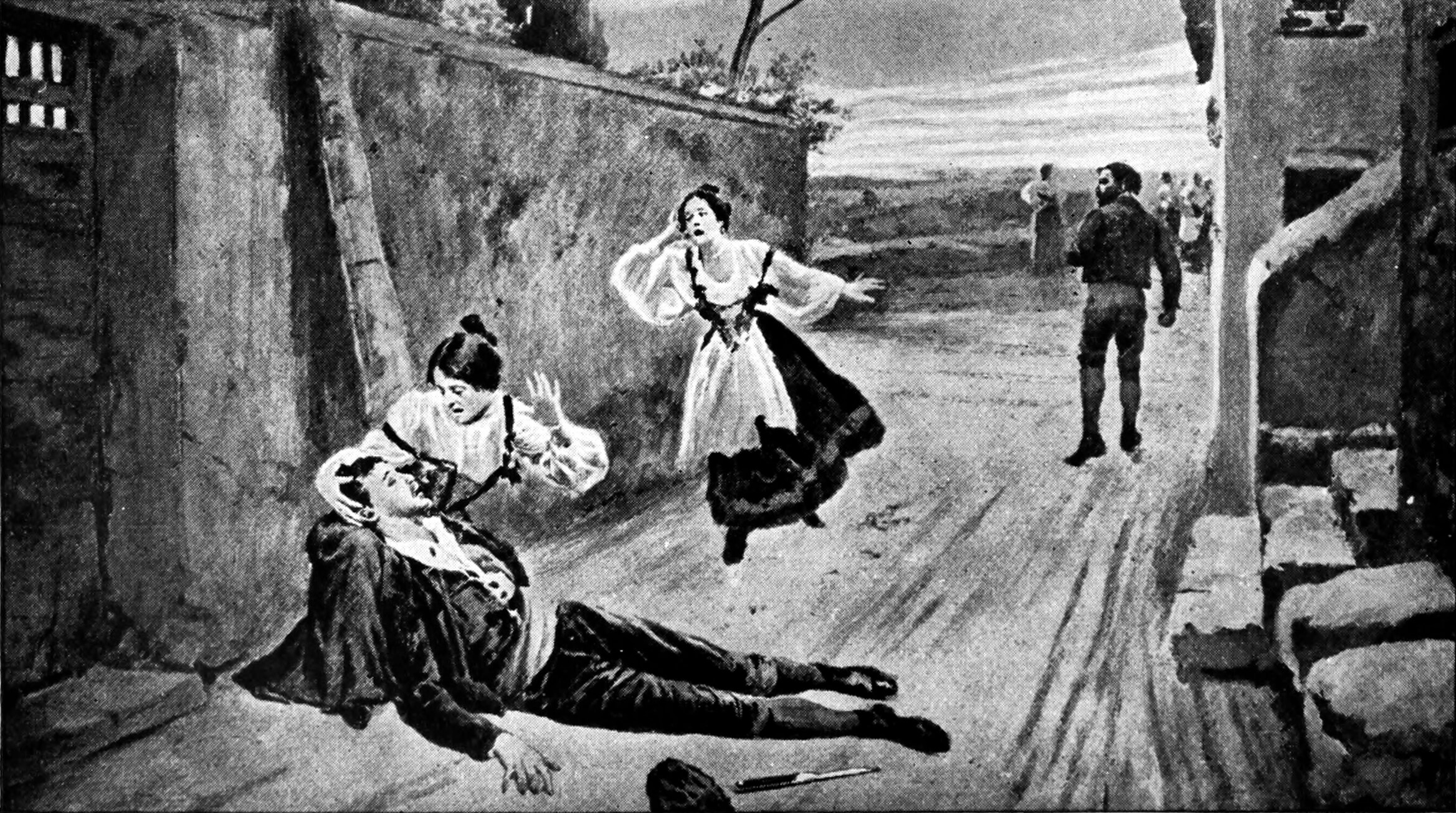- Home
- History of the Mafia
- How Mafias Started
Unmasking the Origins: How Mafias Started
The shadowy realm of organized crime reveals a complex tapestry woven from history, power, and intrigue. Here, we peel back the layers of the mafia phenomenon, tracing its roots to the clandestine societies that emerged in response to societal upheaval.
From the dusty alleys of 19th-century Sicily to the bustling streets of Chicago, mafias have adapted and thrived, often becoming intertwined with cultural and economic landscapes. Their influence stretches beyond criminal enterprises; these organizations have shaped politics, law, and popular culture.
Here, we will trace how mafias started in Sicily, where this word was first whispered. Although the times were different then, the conditions under which this kind of organization still thrives are basically the same. All it takes is unhinged capitalism and the absence of a strong enough state.
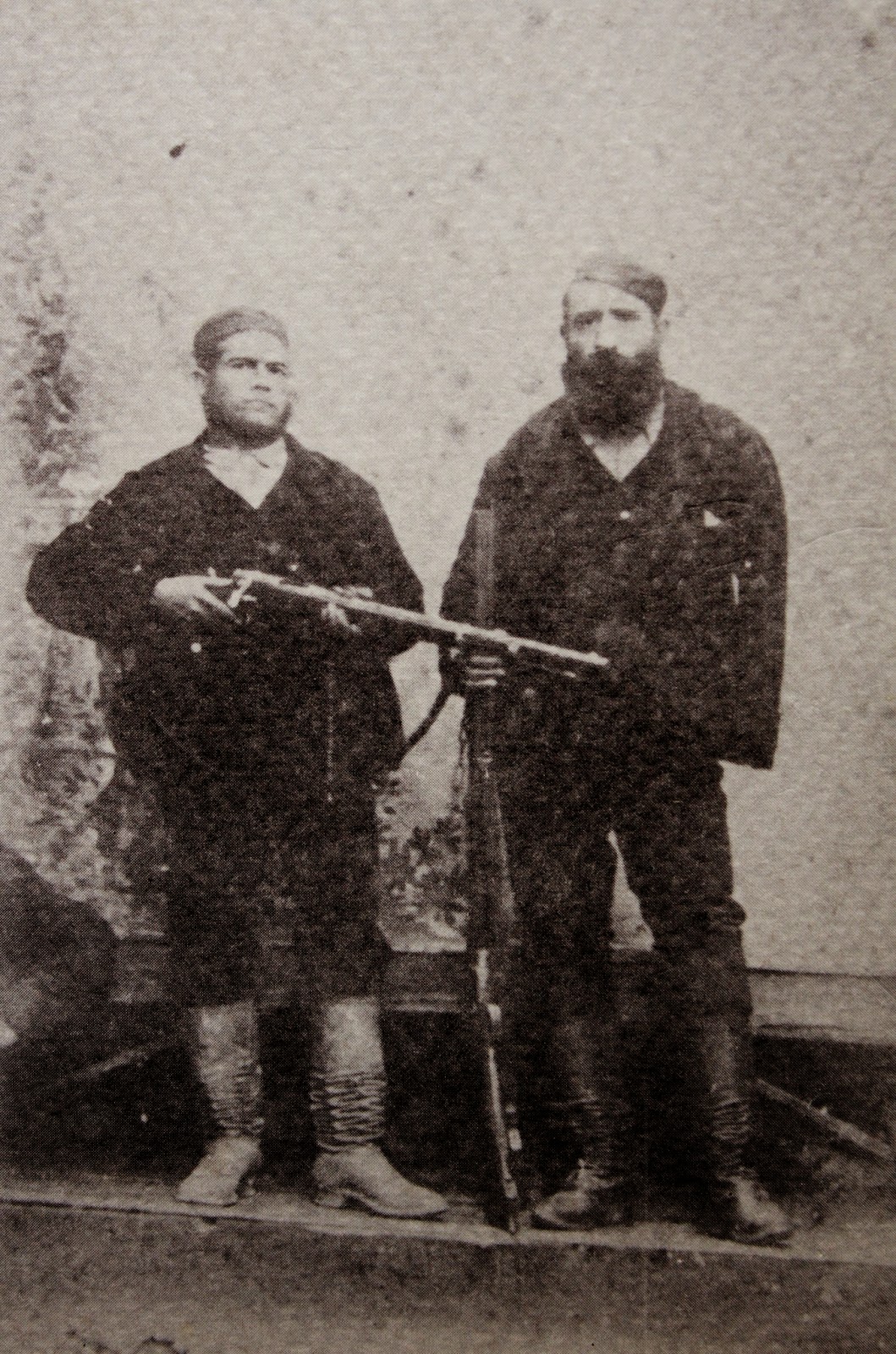 Sicilian bandits from the late 19th century.
Sicilian bandits from the late 19th century.Understanding Organized Crime: A Definition
Today, the term 'mafia' is commonly used to refer to organized crime. However, the word has its origins and roots in the Sicilian language.
Initially, the word meant a particular character trait. Bold and strong type, male, who didn't take no crap from nobody. A respected fellow but not necessarily a criminal.
Later, for reasons shortly explained, the Mafia came to mean a type of organized crime specific to the island of Sicily. Since then, this organization has also been known as the Cosa Nostra, or 'Our Cause.'
In addition to social conditions, the key element that made the Mafia so powerful was the high degree of coordination. It had defined leadership, membership requirements, and specific roles assigned to its members.
This level of organization allowed them to carry out complex criminal activities more efficiently and effectively than individual criminals. The structure also provided a degree of resilience, as the organization can continue functioning even if key members are arrested or otherwise incapacitated.
In Sicily, all the elements of the Mafia were present soon after Italy's unification in 1860. This involved bribery, corruption, and other forms of manipulation to ensure that their operations remained undisturbed by law enforcement.
The ability to infiltrate and influence legitimate sectors allowed the Mafia to extend its reach further until its power stretched worldwide. It took a lot of work and a lot of dead bodies before the Italian state finally managed to get its act together to start tackling organized crime.
It is worth noting that Sicily was also on the forefront of the anti-mafia movement, just like it once was the cradle of the organization itself.
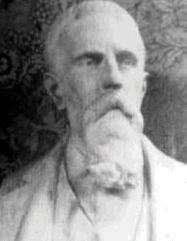 Nicolo Turrisi Colonna was a famous Sicilian politician who, in 1864, was the first to write extensively about organized crime in Sicily. Later, evidence emerged raising suspicions that he may have been a member of the Mafia himself.
Nicolo Turrisi Colonna was a famous Sicilian politician who, in 1864, was the first to write extensively about organized crime in Sicily. Later, evidence emerged raising suspicions that he may have been a member of the Mafia himself.The Historical Roots of the Mafia
The Mafia likes to tell tales about its mythical origins. Even some outsiders have dated its origins back to the Middle Ages when Sicily was ruled by the Arabs of North Africa.
Undoubtedly, the Arabs are the source of many elements still present in Sicilian culture and character today. However, when we think about how mafias started, we should take a look at Italy's unification in 1860.
Before Giuseppe Garibaldi unified Italy, the country was a patchwork of different local cultures. There was not even a single language: 95% of the population spoke some other language than Italian.
Soon after Italy's unification, rumors of the Mafia began to circulate in Sicily. In the northern parts of the country it was considered a medieval remnant that smoldered in the island's backwater interior. Nothing could have been further from the truth.
Such a version of the Mafia's origins fitted well with the frustration felt in the north towards the traditionally rebellious people of Sicily. The Sicilians were not at all as easy to control as the new rulers would have wished. It was easier to blame their backwardness than to fix the social and economic issues at the root of the problem.
In reality, the Mafia was not of medieval origin but was born in the citrus groves of Palermo. These were among the most profitable crops you could grow at that time. The big money attracted criminals to come for the cut.
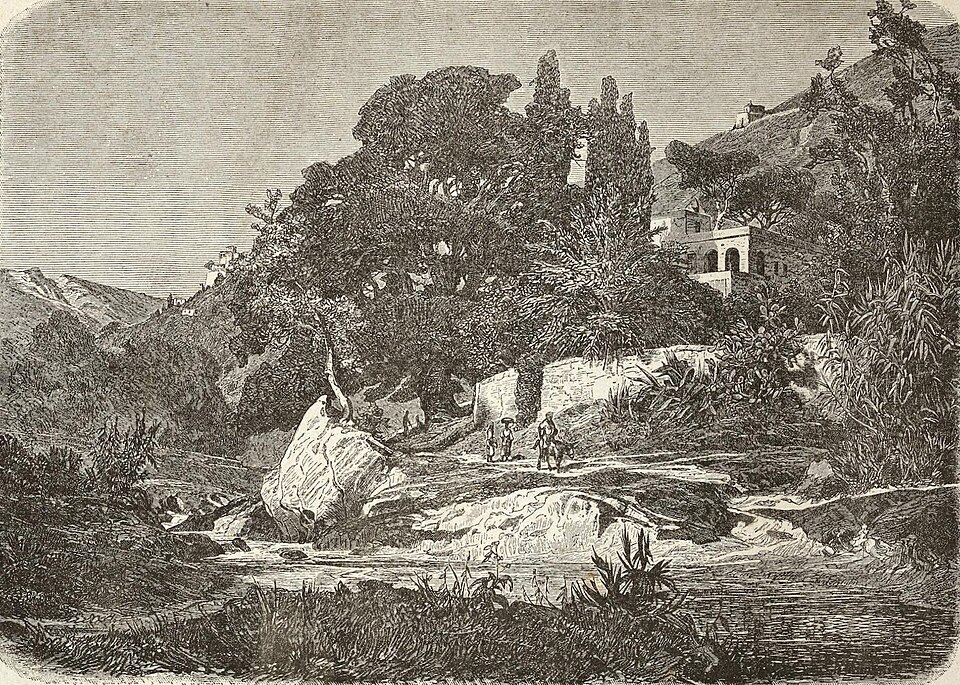 Citrus groves were once the most lucrative crop you could have. In Palermo, they concentrated in an area known as the Conca d'Oro (the Golden Basin). Today, the area is filled with apartment blocks.
Citrus groves were once the most lucrative crop you could have. In Palermo, they concentrated in an area known as the Conca d'Oro (the Golden Basin). Today, the area is filled with apartment blocks.Key Elements in the Formation of the Mafia
In Sicily, the problems of the modern age began in the early 19th century. At that time, the British rulers started dismantling the feudal system that had long prevailed on the island.
The system had included big landowners who ruled their lands as dictators. Every such landowner had an army he lent to fight in the king's wars when necessary. In return, the king let them do as they pleased on their lands.
Capitalism, brought to the island by the British, ended this feudal system. The lands of the aristocrats were sold to the highest bidder, and the private armies of these landowners started to roam the countryside independently.
There was no shortage of guns. The lords were armed, as were their private armies. The vassals who had done all the hard work for the landowners were also armed.
So, suddenly, there was grab-all capitalism and no rule of law. The Italian state couldn't extend its monopoly of violence to Sicily, no matter how hard it tried.
In fact, the more it tried, the more people resisted. This created a power vacuum in which anyone who could grab a piece of the pie for themselves would try to do so. Soon, different groups started to fight for control of money, power, and so on, both in the countryside and the cities.
Later, some ten years after Italy's unification, order was established on the island. As the dust settled, there was finally a winner, and it wasn't the Italian state. Criminal organizations had taken over. First, they had won the monopoly on violence; after that, the law was whatever they wanted it to be.
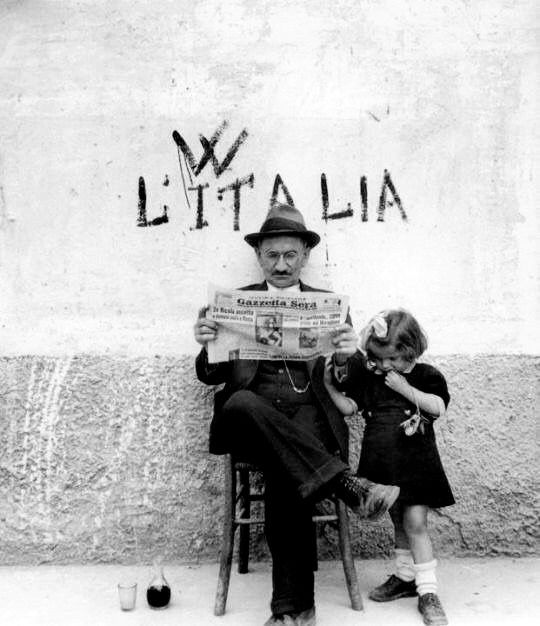
The Italian State's Role in the Development of the Mafia
The Italian state did try its best. Unfortunately, its means were all wrong. Instead of addressing the social and economic inequalities between North and South that unification brought, it attempted to correct the situation with excessive force.
The brutal measures only increased the public's mistrust of the government in Sicily. When the state was finally forced to back down, its actions appeared both weak and arbitrary, encouraging Sicilians to turn to their own 'system.'
The Mafia's contradictory reputation dates back to this period. The Italian state indiscriminately labeled all its opponents in Sicily as members of the 'mafia.' In their mouth, the word meant a conspiracy against the government. In this way, they came to create a brand for the actual Mafia, which it retained for over a hundred years.
The reality was quite different, but the image suited the purposes of the criminal organization, so it appropriated it for itself. In this way, the word 'mafia' became an inside joke that benefited the organization while simultaneously giving the state the finger.
By 1870, the Mafia had a name and powerful friends, a well-organized structure, rituals, a business of protection money, and a good enemy: the Italian state. Like any good enemy, it was harmful enough to arouse public anger but too weak to exercise its power.
Whether the Mafia was a single, coherent organization at this stage or several local groups remains unclear. However, it is clear that the organization existed in one form or another and that people were aware of it at the regional and national levels. It was just that no one was able to stop its development.
It would take over a hundred years for that to happen. At that time, the situation was much worse. Even the last bit of mystique had evaporated with the ever-increasing piles of corpses and blood that filled the streets of Sicily.
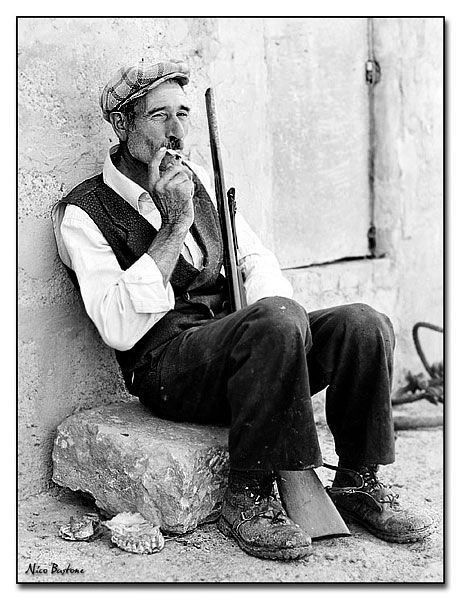 Sicilian countryman from the 1950s.
Sicilian countryman from the 1950s.Conclusion: Lessons from How Mafias Started
When we examine how mafias started, we learn valuable lessons about the nature of organized crime and the factors contributing to its persistence and evolution. From its origins in 19th-century Sicily to its later global proliferation, the Mafia has demonstrated a remarkable ability to adapt to changing circumstances and exploit growth opportunities.
Understanding the Mafia's historical and cultural context provides insights into the mechanisms that sustain organized crime and the challenges faced by those seeking to combat it.
One key lesson from how mafias started is the importance of addressing the underlying social and economic conditions that give rise to organized crime. Poverty, political instability, and lack of effective governance create environments in which mafia organizations can thrive.
Therefore, efforts to combat organized crime must include strategies to address these root causes, such as promoting economic development, strengthening institutions, and reducing corruption. A holistic approach that targets the symptoms and causes of organized crime is essential for long-term success.
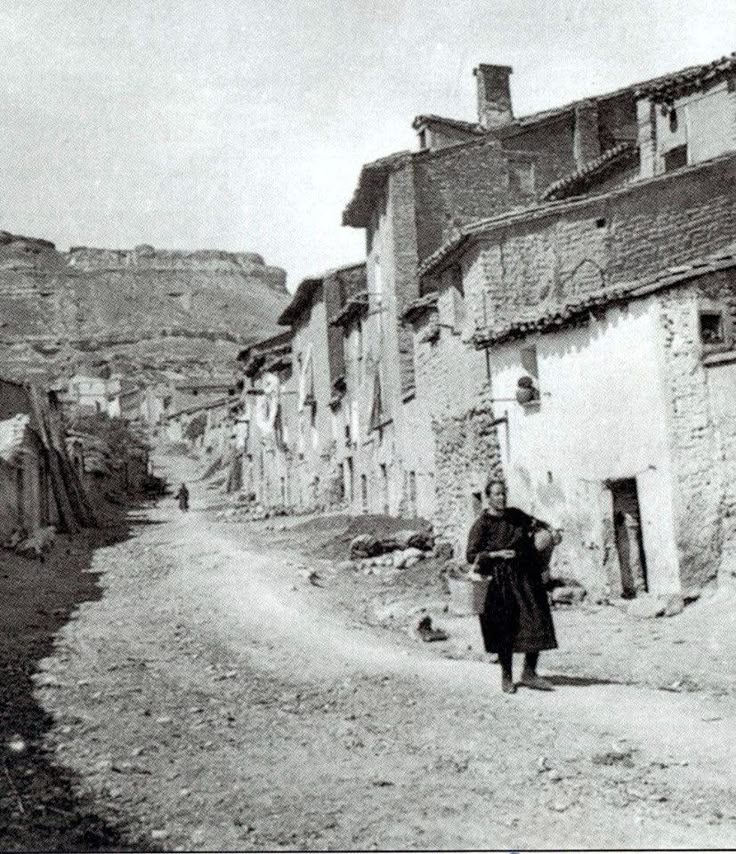
(May 29, 2025.)
The main source for "Unmasking the Origins: How Mafias Started" is John Dickie's book: "Cosa Nostra - A History of Sicilian Mafia."
Recent Articles
-
Best Time to Visit Sicily: Your Seasonal Guide
Dec 05, 25 04:23 AM
Find the best time to visit Sicily. Explore seasonal weather, crowds, prices, and highlights. -
Where to Stay in Sicily: Top Areas for Every Traveler
Nov 27, 25 08:14 AM
Where to stay in Sicily: A guide to the island’s best regions, helping you choose the perfect base for your trip. -
Cefalu Beaches: Where Sun, Sand, and Calm Await
Nov 26, 25 12:10 PM
Discover Cefalu beaches where warm sands, clear waters, and coastal charm come together.
Follow MANY FACES OF SICILY on Facebook, Instagram, Bluesky & Tumblr
Contact: vesa@manyfacesofsicily.com
